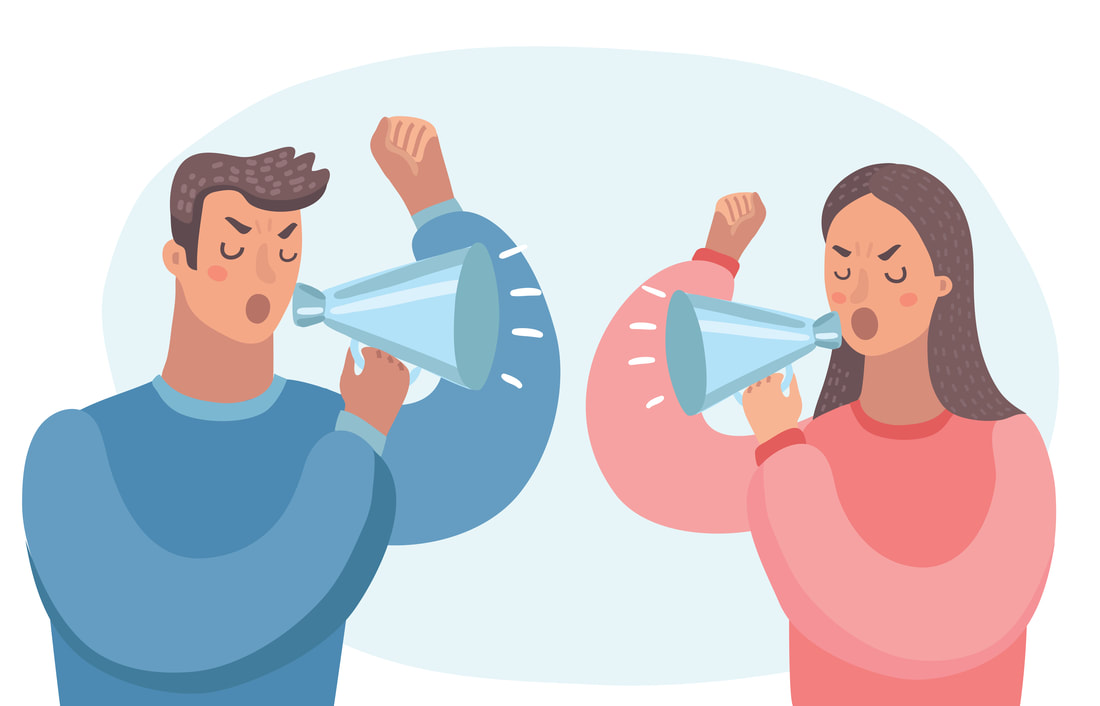With Valentine’s Day approaching, images of love and idealised relationships are everywhere. But relationships aren’t all roses and chocolates. Sometimes just talking to your partner can become fraught with difficulties and pitfalls. What do you do if the communication between you has fallen into bad habits? Here are some tips for improving the communication in your relationship.
It can be surprising to realise that, often, it’s not the differences between couples that cause difficulties, but the way they communicate and deal with them. Negative communication habits can include:
Not listening – ignoring your partner or cutting them off when they speak
Stonewalling – staying silent and assuming your partner should know what you’re thinking or feeling
Repeating demands – ‘nagging’ your partner about issues rather than discussing them together
Not taking responsibility – placing all the blame for problems on your partner and not accepting the part you play in them
Losing control of your emotions – shouting and using aggressive language to express your point of view
Not picking your battles – turning everything into an argument rather than letting go of the smaller things
Giving mixed messages – saying one thing while your body language is communicating another
Keeping score – continuing to raise past issues to justify your reactions and attribute blame for current problems
If any of these sound familiar, it might be helpful to start on the process of making changes by firstly thinking about whether or not you’re a good communicator. To do this, relationship support charity Relate have put together a quiz to help you work out your communication strengths and weaknesses.
Knowing your own communication style is the first step towards making a positive change in your relationship. From here, you can start to think about why you communicate the way you do and how you can make break any negative patterns. Ways to start breaking these habits and improving the communication in your relationship can include:
1) Making small talk – knowing the small details about each other’s lives can help to build closer emotional ties
2) Listening – showing that you’re hearing and acknowledging what your partner is saying by using both verbal and non-verbal (e.g. nodding your head) responses. Stop and give your partner your full attention while they’re speaking
3) Not making assumptions – being clear about what you’re thinking and how you’re feeling, not waiting for your partner to guess or assuming they already know
4) Being respectful - taking your partner seriously and not treating their thoughts and feelings as less important than yours
5) Saying what you need – addressing issues by talking about your needs (e.g. “I would like…”), rather than placing blame (e.g. “You don’t ever…”)
6) Being honest and open – ignoring things that are upsetting or annoying you in order to avoid conflict will create distance between you. Better to raise and discuss it in the moment so you can move forward
7) Staying calm – trying to control your emotions and discuss differences without shouting or using aggressive body language. Take time out if things start to become heated and return to the discussion when you’re each feeling calmer
8) Agreeing to disagree – acknowledging and respecting differences of opinion instead of fighting over who’s right. You won’t always agree on everything, and that’s ok
9) Being appreciative – taking time to remember what you love about your partner and to notice the good things they do, and then telling them. You should express appreciation more often than you raise issues
10) Letting go of the little things – focusing on the bigger issues rather than arguing over every detail. If something isn’t really that important, cut your partner some slack and move on
11) Making time for each other – having quality time together to connect and be open, and setting aside time for discussions about important issues so you can give them your full attention
12) Using non-verbal communication – touching your partner’s hand or shoulder, or holding hands can help to build and reinforce the connection between you
13) Focusing on the present – bringing up past actions or events, or issues that are off topic, can escalate discussions into conflict. Try to keep focused on the current issue and take time out of the conversation if this starts becoming difficult
Making changes to negative communication habits isn’t easy and sometimes it can be helpful to work with a therapist, either individually or as a couple. If you’d like some support with this, get in touch to make an appointment.





 RSS Feed
RSS Feed